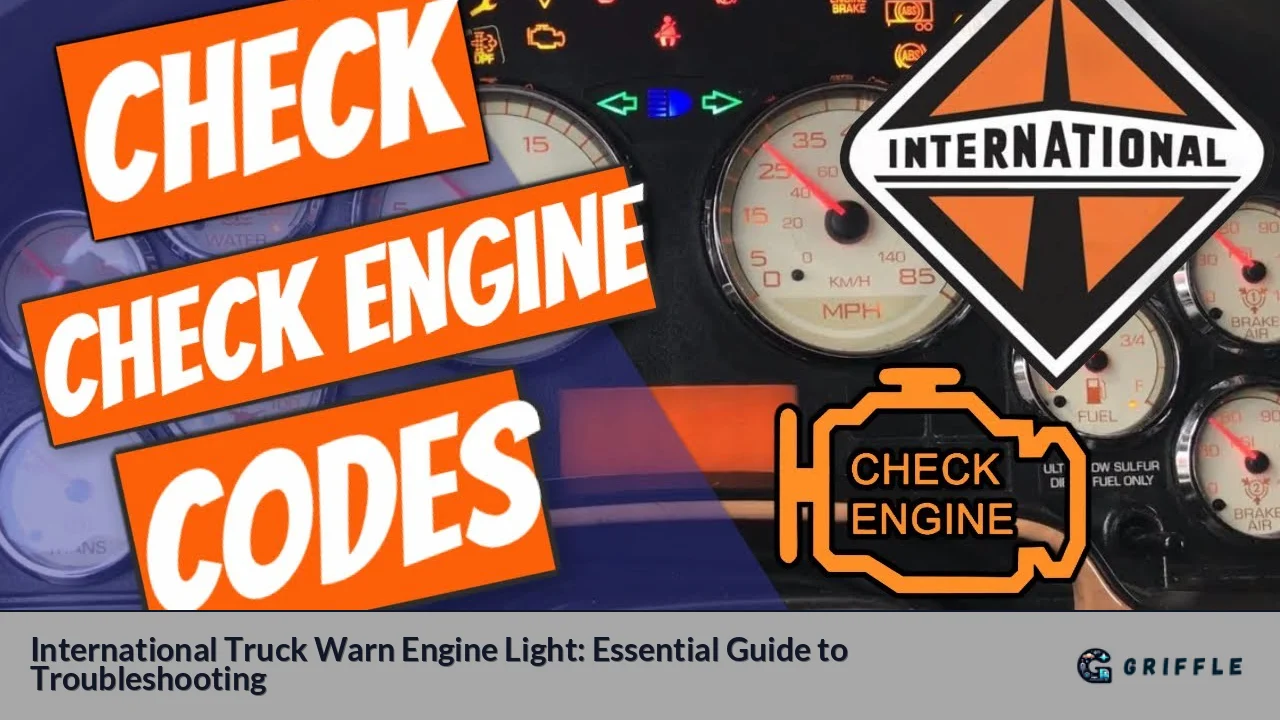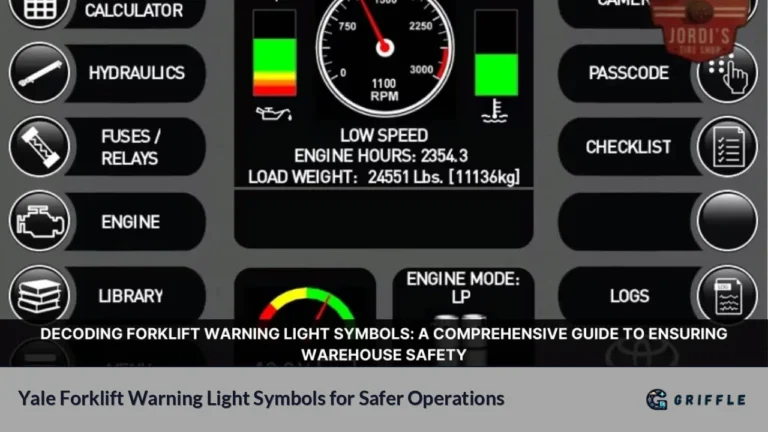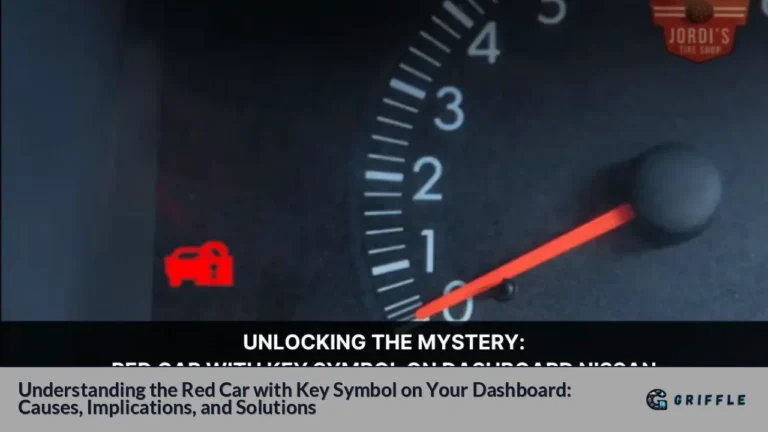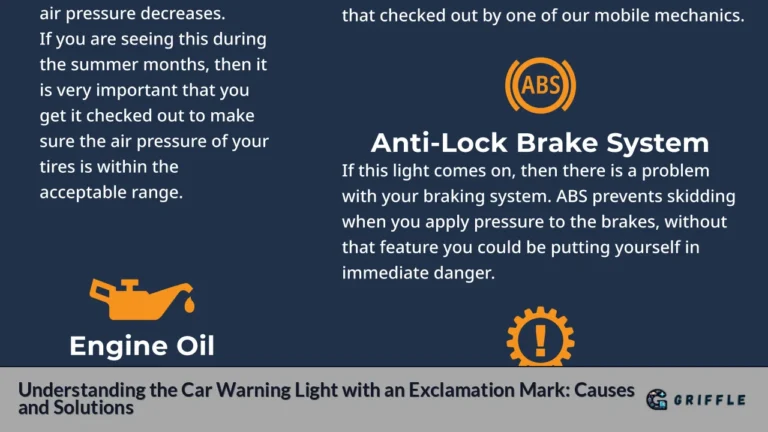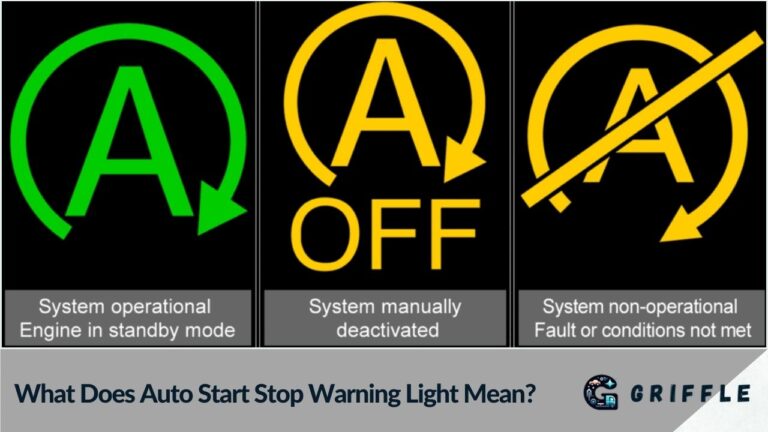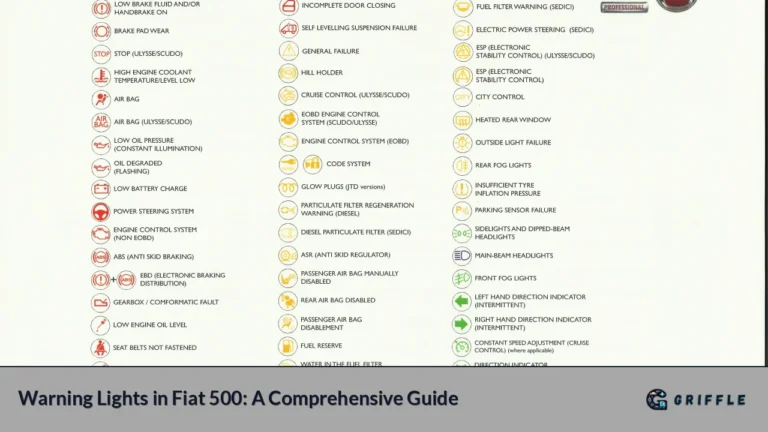The "Warn Engine" light on International trucks is a critical indicator that can signal various underlying issues with the engine or its associated systems. For truck drivers and fleet managers, understanding the implications of this warning light is essential for maintaining vehicle performance and safety. Ignoring this light can lead to severe mechanical failures and costly repairs. This article delves into the common causes of the "Warn Engine" light activation, its implications, and actionable solutions to address the issues effectively.
Key Issues Associated with the Warn Engine Light
| Issue | Description |
|---|---|
| Low Oil Pressure | Indicates insufficient oil pressure, which can lead to engine damage. |
| High Engine Temperature | Signals overheating, often due to low coolant levels or malfunctioning components. |
| Diesel Particulate Filter (DPF) Issues | May indicate a clogged filter or sensor malfunction, affecting emissions control. |
| Electrical Faults | Can be triggered by wiring issues or sensor failures within the engine management system. |
Common Causes of the Warn Engine Light Activation
1. Low Oil Pressure
One of the most prevalent reasons for the "Warn Engine" light to illuminate is low oil pressure. This condition can arise from:
- Insufficient Oil Levels: Regular checks of the oil level are crucial. If the oil is low, it may not provide adequate lubrication to engine components, leading to wear and potential failure.
- Oil Pump Failure: A malfunctioning oil pump may fail to circulate oil properly, causing pressure drops that trigger the warning light.
- Oil Contamination: Diesel fuel dilution in engine oil can reduce viscosity and pressure, making it vital to monitor oil quality regularly.
2. High Engine Temperature
The "Warn Engine" light may also activate due to high engine temperatures. Potential causes include:
- Coolant Leaks: A drop in coolant levels due to leaks can result in overheating. It's essential to regularly inspect hoses and connections for signs of leakage.
- Faulty Thermostat: If the thermostat fails, it may not regulate coolant flow effectively, leading to overheating.
- Cooling System Failures: Issues such as a malfunctioning water pump or clogged radiator can impede cooling efficiency.
3. Diesel Particulate Filter (DPF) Issues
The DPF is crucial for reducing emissions in diesel engines. Problems related to this component may include:
- Clogged DPF: A build-up of soot can restrict exhaust flow, triggering the "Warn Engine" light.
- Sensor Malfunctions: Faulty pressure sensors related to the DPF can falsely indicate issues when none exist.
4. Electrical Faults
Electrical issues can also trigger the "Warn Engine" indicator:
- Wiring Problems: Damaged wiring or poor connections can cause intermittent signals that trigger warning lights.
- Sensor Failures: Malfunctioning sensors that monitor various engine parameters may send erroneous signals to the engine control unit (ECU), resulting in warning lights being activated.
Implications of Ignoring the Warn Engine Light
Ignoring the "Warn Engine" light can lead to significant consequences:
- Increased Repair Costs: Delaying necessary repairs often results in more extensive damage requiring costly fixes.
- Safety Risks: Operating a truck with unresolved warning lights increases the risk of breakdowns on the road, potentially endangering drivers and other road users.
- Decreased Vehicle Performance: Performance issues stemming from ignored warnings can lead to reduced fuel efficiency and overall vehicle reliability.
Solutions for Addressing Warn Engine Light Issues
1. Regular Maintenance Checks
Implementing a routine maintenance schedule is vital for early detection of potential issues:
- Regularly check oil levels and quality.
- Inspect coolant levels and look for leaks in hoses and connections.
- Schedule periodic diagnostics to read fault codes from the ECU.
2. Immediate Response to Warning Lights
When the "Warn Engine" light activates:
- Safely pull over and turn off the engine as soon as possible.
- Check oil and coolant levels immediately; replenish if necessary.
- Consult a qualified mechanic for diagnostics if issues persist after basic checks.
3. Utilizing Diagnostic Tools
Using diagnostic tools can help pinpoint specific issues:
- Connect an OBD-II scanner to retrieve fault codes that provide insight into what triggered the warning light.
- Utilize manufacturer-specific diagnostic tools for more detailed information on engine performance metrics.
4. Addressing Specific Issues Promptly
Depending on what diagnostics reveal:
- If low oil pressure is detected, investigate potential leaks or pump failures immediately.
- For overheating problems, check coolant levels and inspect cooling system components thoroughly.
- Address any DPF-related issues by ensuring proper regeneration cycles are performed regularly.
Conclusion
The "Warn Engine" light on International trucks serves as a critical alert for drivers regarding potential engine problems. Understanding its implications and acting promptly upon its activation can significantly enhance vehicle safety and longevity. By adhering to regular maintenance schedules, responding immediately to warning lights, utilizing diagnostic tools effectively, and addressing specific issues as they arise, truck owners can mitigate risks associated with engine failures.
FAQs
- What does the Warn Engine light indicate?
It indicates potential issues with engine oil pressure, temperature, or emissions systems. - Can I drive with the Warn Engine light on?
It is advisable not to drive if this light is illuminated; pull over safely and check vehicle conditions. - How do I reset the Warn Engine light?
Resetting typically requires addressing underlying issues; disconnecting the battery may temporarily turn off the light. - What should I check first if my Warn Engine light comes on?
Check your oil and coolant levels first; these are common causes of activation. - How often should I perform maintenance checks?
Regular maintenance checks should be performed at least every 5,000 miles or as recommended by your vehicle's manufacturer.
